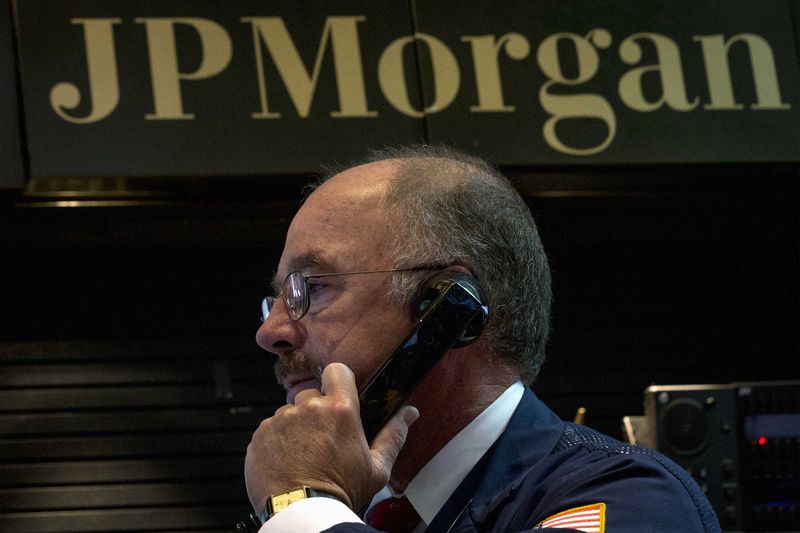Investing.com -- JPMorgan lowered its rating on Chinese electric vertical takeoff and landing (eVTOL) company EHang to Neutral from Overweight, saying its long-term positioning in China’s emerging low-altitude aviation market remains intact, but the next one to two years offer fewer catalysts than previously expected.
The bank’s analysts said their conversations during a recent Guangzhou immersion tour, combined with management and industry feedback, point to a slower commercialization phase.
Shares in EHang fell 3% in U.S. premarket trading.
Although the drone maker holds full AC, TC, PC and OC certification and has a 1,200-unit backlog, domestic deliveries have stalled as regulators pause new OC approvals. The bank expects regulators to stay cautious into 2026, limiting near-term revenue conversion.
Moreover, analysts pointed out that multiple operating sites are ready and Phase 2 Yunfu production is ramping, but a slower rollout is flattening the margin trajectory.
JPMorgan now forecasts 2026 and 2027 non-GAAP net margins of 10% and 14%, down from 15% previously.
Meanwhile, overseas demonstrations continue to expand, offering optionality, though the analysts note they are “unlikely to convert to orders before 2027.”
The bank cut its price target on EHang to $13 from $21 after lowering delivery expectations for 2026–28 and adopting a more conservative valuation framework. It now applies an 8x full-year 2026 (FY26) price-to-sales (P/S) multiple, benchmarking to 2021 autonomous-driving hardware suppliers.
The shares have dropped 27% since early October on concerns about muted second-half results and a slower 2026 ramp, and the analysts see these worries “now largely priced in.”
Long-term, JPMorgan said the backdrop remains supported by China’s policy direction, but early operations are still tightly controlled. Industry contacts described one-passenger flight limits, strict screening, low weather thresholds, and one-aircraft-at-a-time rules despite higher technical capability.
Overall, the analysts see a more “balanced risk-reward at current levels” until clearer signs emerge around corridor expansion, operator licensing, or overseas contract wins.
Key upside risks include faster regulatory progress and overseas order conversions, while delays, manufacturing challenges, or incident-driven setbacks remain the primary downside risks.
